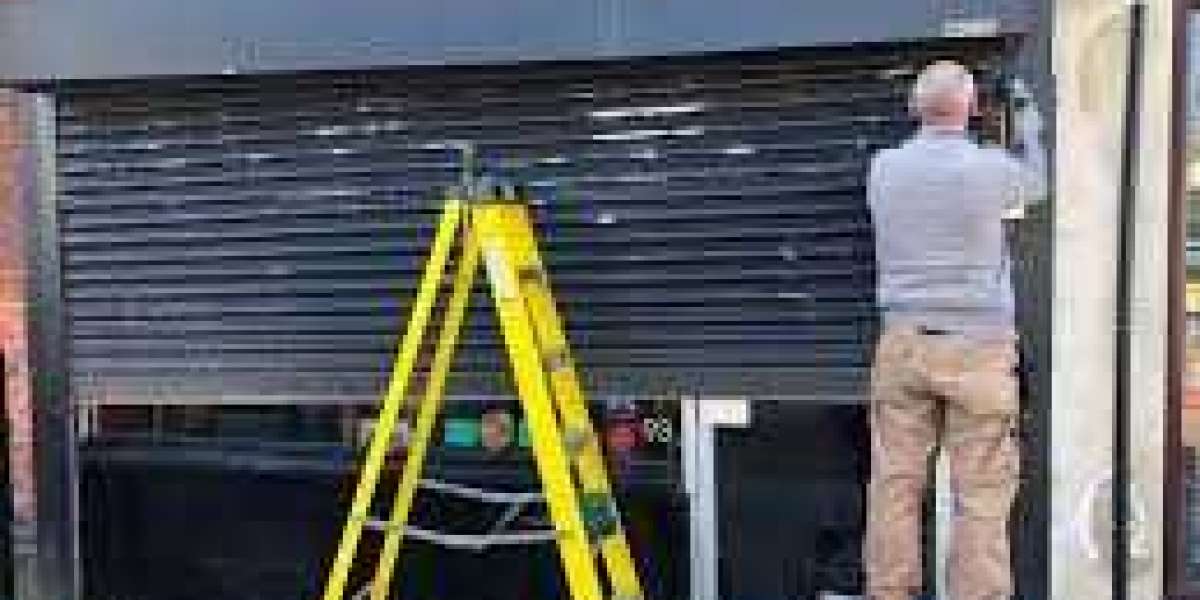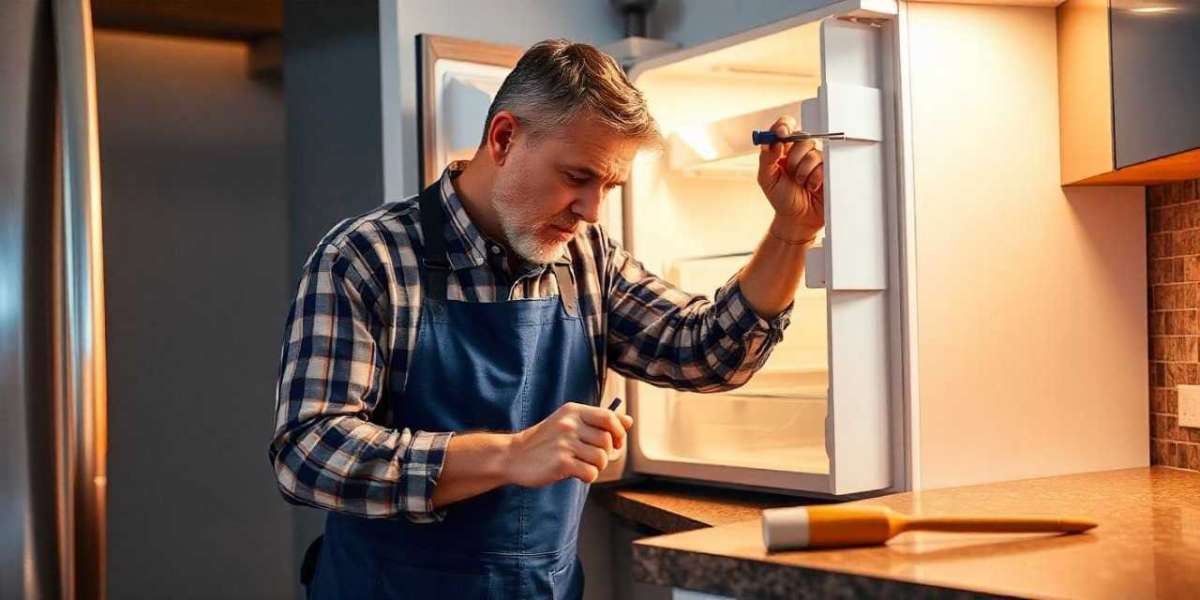Aluminum roller garage doors are a popular choice for residential and commercial properties due to their durability, lightweight design, and modern appearance. However, like any mechanical system, they require regular maintenance and timely repairs to ensure optimal performance. If left unchecked, small issues can escalate into costly repairs, compromising security, functionality, and longevity.
This guide explores common aluminum roller garage door repair solutions, and maintenance tips to keep your door in top condition.
Common Issues with Aluminum Roller Garage Doors
Door Fails to Open or Close Properly
Caused by misaligned tracks, damaged rollers, or motor issues.
Solution: Inspect and adjust the tracks, clean debris, and check the motor’s functionality.
Noisy Operation
Friction between moving parts, loose hardware, or worn-out components can create excessive noise.
Solution: Apply lubricant to rollers, tighten bolts and screws, and replace damaged parts.
Dents and Structural Damage
Aluminum doors can dent due to impact from vehicles, debris, or harsh weather.
Solution: Minor dents can be repaired using specialized aluminum repair kits; major damage may require panel replacement.
Remote Control or Keypad Malfunction
Batteries may be dead, or the signal between the remote and garage door opener may be disrupted.
Solution: Replace batteries, reprogram the remote, or check for signal interference.
Slow or Uneven Movement
This can be due to worn-out rollers, motor issues, or spring tension imbalance.
Solution: Lubricate moving parts, adjust tension springs, and replace worn rollers.
Garage Door Stuck in a Halfway Position
Can be caused by an obstruction in the tracks, a broken spring, or a malfunctioning sensor.
Solution: Inspect and remove any debris, replace broken springs, and check the alignment of safety sensors.
Corrosion and Rust
Although aluminum is rust-resistant, exposure to moisture and harsh weather can cause corrosion over time.
Solution: Clean the affected areas, apply anti-corrosion spray, and seal the door with protective coatings.
Step-by-Step Guide to Aluminum Roller Garage Door Repair
1. Inspect the Garage Door System
Check the door panels, tracks, rollers, hinges, and opener system for visible damage.
Look for loose screws, broken parts, or misalignment.
2. Tighten and Adjust Hardware
Use a wrench to secure loose bolts and nuts.
Ensure the tracks are properly aligned to prevent uneven movement.
3. Lubricate Moving Parts
Apply a silicone-based lubricant to rollers, hinges, and bearings to reduce friction.
Avoid using heavy grease, as it can attract dirt and debris.
4. Fix Misaligned or Bent Tracks
If the tracks are slightly bent, use a rubber mallet to straighten them.
Severe track damage may require a full replacement.
5. Replace Worn-Out Rollers and Springs
If the rollers show signs of wear, replace them with high-quality aluminum or nylon rollers.
If springs are broken or lose tension, hire a professional for safe replacement.
6. Repair or Replace Dent Panels
Minor dents can be fixed using a heat gun or suction tool.
If the damage is extensive, replacing the affected panel is the best solution.
7. Test the Safety Sensors and Auto-Reverse System
Ensure the sensors are aligned correctly and free from dirt or obstruction.
Test the auto-reverse feature by placing an object in the door’s path.
8. Reset and Reprogram the Garage Door Opener
If the door opener malfunctions, reset it by unplugging for a few minutes and then reconnecting.
Reprogram the remote and keypad as per the manufacturer’s instructions.
When to Call a Professional for Aluminum Garage Door Repair
While many minor repairs can be handled as DIY projects, certain issues require professional assistance:
Spring Replacement: Handling high-tension springs without expertise can be dangerous.
Motor or Opener Repairs: If the motor fails, a technician can diagnose electrical and mechanical issues.
Severe Structural Damage: Large dents, broken panels, or major alignment issues may require expert repair or replacement.
Persistent Malfunctions: If problems continue after DIY repairs, a professional inspection is necessary.
Preventive Maintenance Tips for Aluminum Roller Garage Doors
Perform Routine Inspections
Check for wear and tear at least once every three months.
Ensure all parts are functioning correctly.
Keep Tracks and Rollers Clean
Remove dust, dirt, and debris regularly to ensure smooth movement.
Avoid using harsh chemicals that can damage aluminum surfaces.
Apply Rust Prevention Treatments
Use anti-corrosion sprays or sealants to protect against moisture damage.
Test the Garage Door Balance
Disconnect the opener and manually lift the door halfway—if it stays in place, the balance is correct.
If it moves up or down, the tension springs may need adjustment.
Replace Batteries and Remote Controls When Needed
Ensure the remote, keypad, and wall switch have fresh batteries for uninterrupted operation.
Conclusion
Regular maintenance and timely repairs are essential to keep an aluminum roller garage door functioning efficiently. Addressing minor issues early prevents costly repairs and ensures security, safety, and durability. Whether handling small DIY fixes or seeking professional assistance for major repairs, a well-maintained aluminum garage door adds value and convenience to any property.
For persistent issues or complex repairs, hiring an expert ensures a safe and effective solution. Investing in proper care will extend the lifespan of your aluminum roller garage door repair, keeping it in optimal working condition for years to come.








